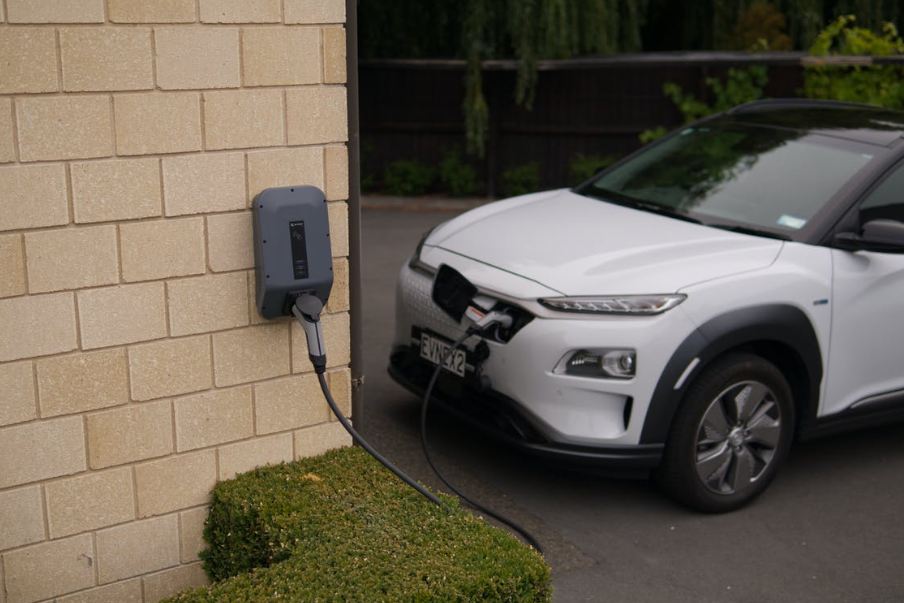In today’s time, we are all living in a highly industrialized world with state-of-the-art technologies that benefit mankind. One of these manmade wonders is the creation of an Electric Vehicle or EV. An EV is a vehicle powered, not by fuel in an internal combustion engine, but primarily by self-contained energy storage such as batteries, solar panels, fuel cells, or an electric generator by converting fuels into electricity. And these energy storage systems are essential to all electrically powered vehicles, whether it’s hybrid electric, plug-in hybrid electric, or all-electric vehicles.
Giving you a short discussion, the main components of electric-powered cars are a Traction Battery Pack; second is a Controller; third is an Inverter; last is an Electric Traction Motor, while all other parts of a typical EV will solely depend on the type of energy storage. Here, one particular component of EV will be discussed with you, which is the Traction Battery Pack, or simply batteries.
First off, these batteries aren’t the typical ones you mount on your remote-controlled toys or wall clocks. These batteries could go around the size of a stool that you usually sit on. Its main function is to produce electrical energy that will flow to the inverter upon the signal from the controller. Also, these batteries are rechargeables, so they can be arranged to form one component of an EV, which is the Traction Battery Pack.
The question is, what are the types of batteries that are used in an EV? This question will be fully answered below, so try to digest these descriptions as you check them one by one.
Lithium-Ion
These battery types are the most common in laptops, mobile phones, or any portable electronic device. They are primarily used in EVs for several significant reasons: one is, they have a high power-to-weight ratio comparing to other battery types; two is, they have a high energy efficiency; three is, good performance in high temperatures; and four is, they have a low-discharge.
The only challenge for lithium-ion batteries is their ability to be recycled for multiple uses. Although most components of these batteries can be recycled, the cost of material recovery remains highly expensive. Ongoing research is conducted in selected countries to reduce the batteries’ high cost, extend their life usage, and develop safety procedures when overheating.
Nickel-Metal Hydride
When you go to hospitals or medical fields, these Nickel-Metal Hydride batteries are the most common. They provide an average amount of energy and specific power capabilities to medical equipment. The main reasons why medical fields use this type of battery are for its safety, tolerance to repeated use, and longer life-cycle than any battery type.
The common downsides of nickel-metal hydrides are their high self-discharge upon usage, relatively high cost of material, and poor performance due to heat generation at high temperatures.
Lead-Acid
Of all battery types, lead-acid batteries are the most inexpensive. Despite their low cost of material, they are considered high-powered, safe, and reliable. On the other hand, this caused the lead-acid batteries to have low specific energy, have poor performance at low temperatures, and have a low life cycle.
Today, advanced high-powered lead-acid battery types are being developed to be used exclusively for ancillary loads in commercial sectors. Private use of this advanced battery type is rare due to its low quantity of production in most battery manufacturers.
Ultracapacitors
Energy is stored in a polarized liquid between the electrode and an electrolyte, and that battery used to store energy is called an ultracapacitor. These are additional power to a car when it needs to have a temporary boost during rapid acceleration, steep hill-climbing, and improve energy on braking.
Overall, these ultracapacitors are not the forefront batteries of an EV, but they are mainly used as secondary energy storage to provide immediate or additional power to any electrically powered vehicle.
With all four types of batteries, you should know by now which type of battery you can use for your EV. They vary in advantages and disadvantages, but you can just simplify them in terms of high energy efficiency and performance for lithium ions, longer life cycle and usage safety for nickel-metal hydrides, and of course, less expensive and reliable for lead-acids.
